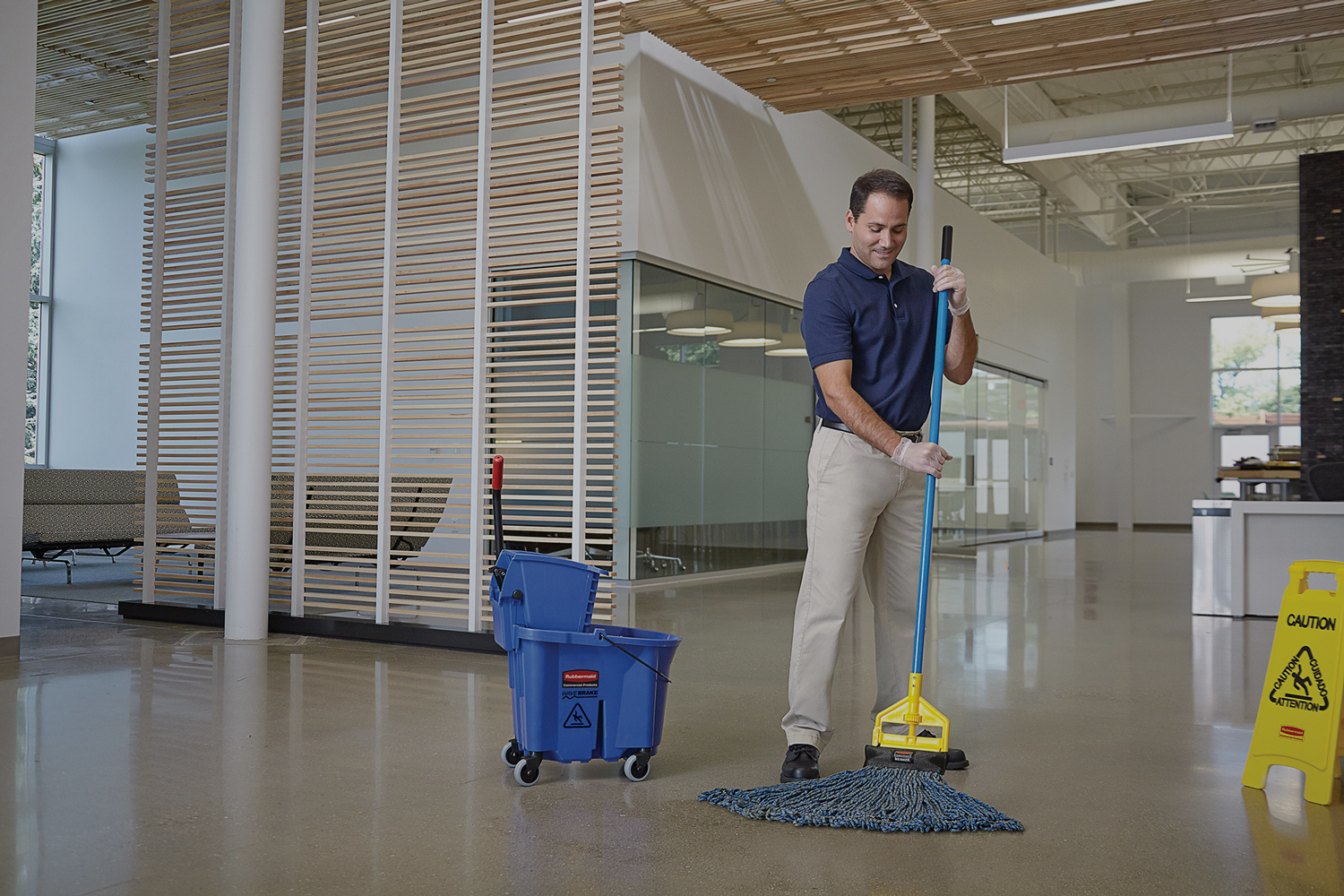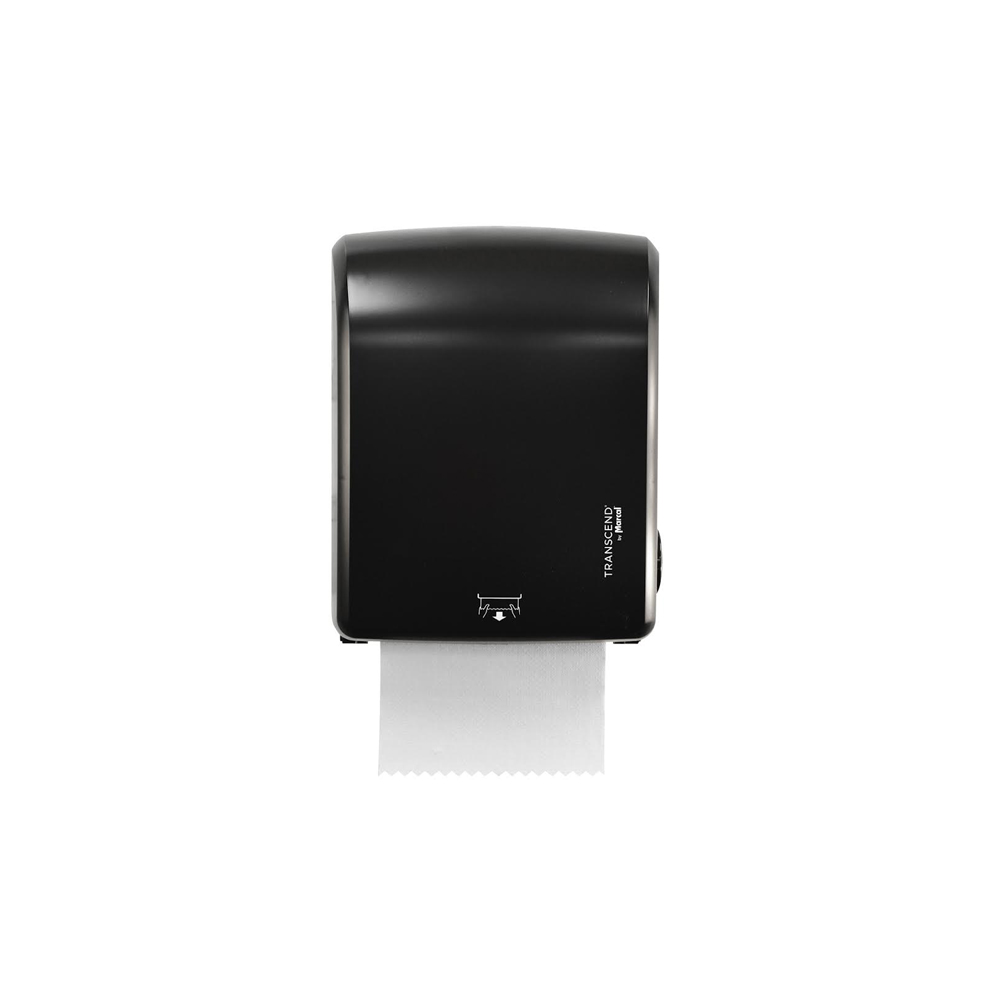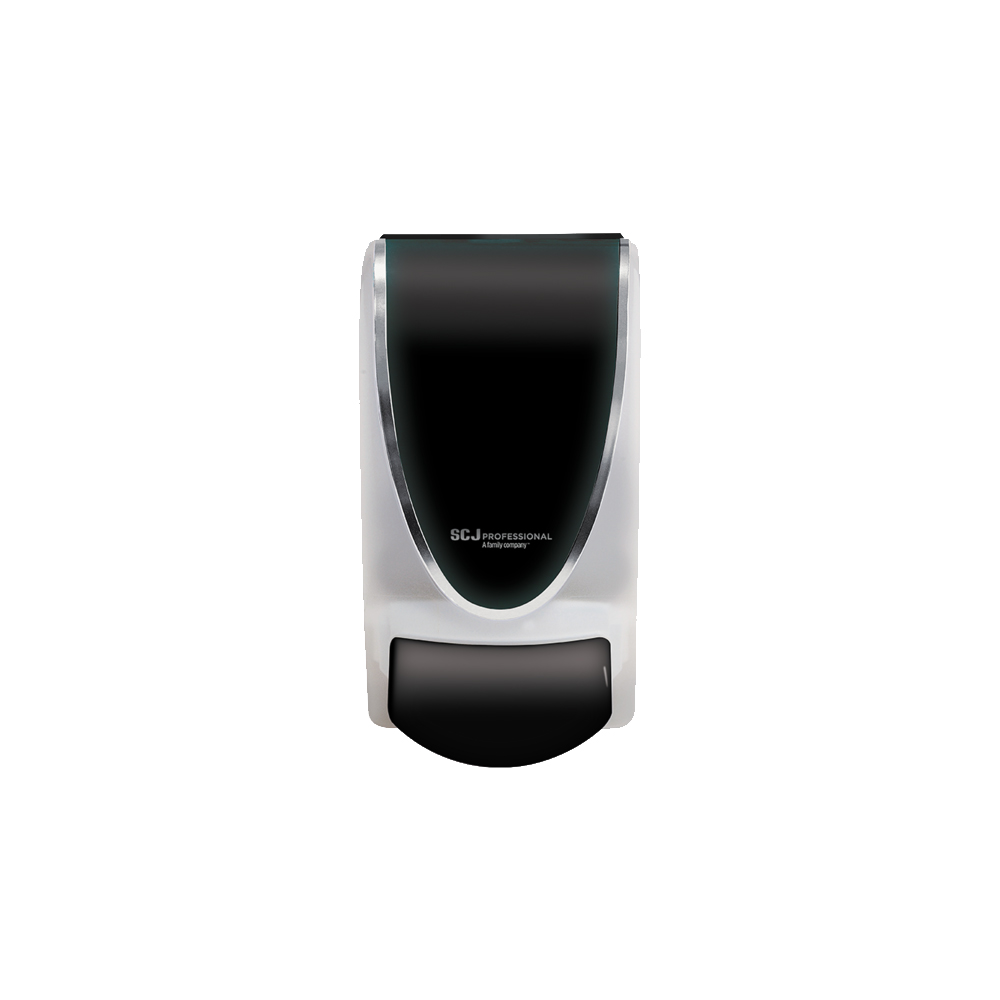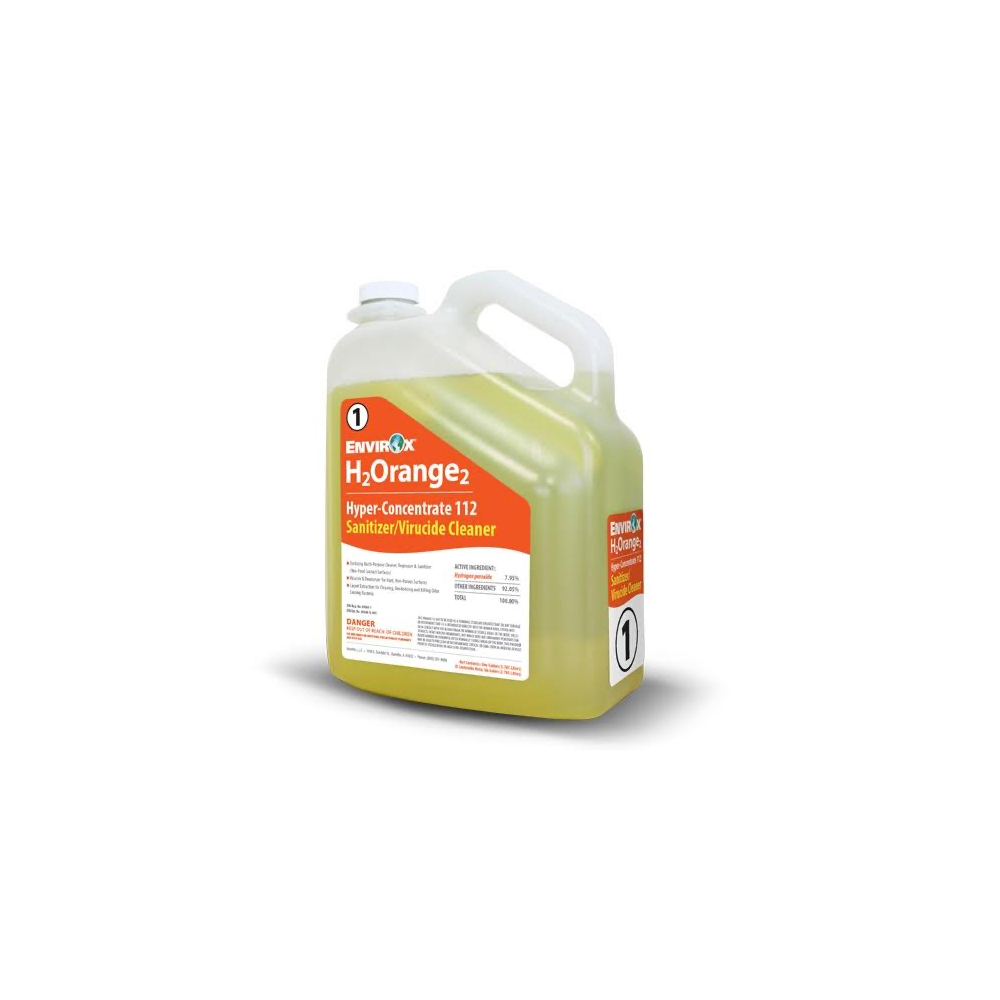
Janitorial & Facilities Supplies & Services
Who We Are and How We’ll Help
At Guernsey, we pride ourselves on offering everything for every workplace,
and that includes janitorial and sanitation products and services that enable you to create and maintain a clean and safe facility. We are committed to providing our valued customers with all that is needed to keep their workspaces healthy and safe for everyone who walks through their doors.
Cleaning is a breeze with Guernsey at your side.
What We Offer
Do you run a school, government agency, corporate office, restaurant, or healthcare facility in the VA/DC/MD area? In addition to quickly and easily sourcing of janitorial and sanitation products from the most trusted brands around, we provide boots on the ground to assist you in putting those products to work and keeping your machines functioning at peak capacity. We understand that compliance in health and safety is a top priority - as it should be - which is why we also offer the following programs and services:
- Commercial Floorcare and Facility Programs
- Janitorial and Facility Programs
- Health and Safety Supplies
- Industrial/Maintenance, Repair, and Operations Facility Supplies
Whatever you need to get the job done right, from equipment rental and repair to instructional demos to actual experts on site, we’ve got you covered.
Helpful Hints
Maintaining a Safe Workplace
We like to go above and beyond for our customers, and that includes sharing knowledge. Given that we’ve accumulated plenty of expertise after more than a few decades navigating and serving the janitorial and sanitation products and services spheres, we have lots to share! With that in mind, we’ve put together a guide with helpful tips for maintaining a safe, healthy workplace. Contract cleaner, university, daycare, hospital, nursing home, cafe, or just a regular company? No matter. These tips apply.
Cleaning vs. Sanitizing vs. Disinfecting
“Labor is the single largest cost in maintaining a clean facility. We partner with our customers to match them with the right products and equipment to reduce their overall cleaning costs."
Here’s the Difference:
Cleaning
You spill tomato sauce on the counter, grab your standard cleaning spray and a paper towel and in 30 seconds you’re back to sparkly clean again. A product you use to clean generally doesn’t have a kill claim, which makes it fine for sauce-splattered countertops, but not for, say, cleaning up raw chicken.
Sanitizing
Back to our raw chicken example, sanitizing is particularly common with the food services industry, as well as daycares and schools. Sanitizers come with 99.9 percent kill claims, but perhaps for only ten organisms. Most also tend to be food-grade, which means that you don’t have to follow them up with a rinse of potable water. If you’re in an office environment, sanitizers are probably the most serious chemicals you’ll use on a weekly basis—but that doesn’t mean you shouldn’t keep disinfectants on hand!
Disinfecting
Not unlike sanitizers, disinfectants have 99.9 percent kill claims, it’s just that disinfectants kill 99.9 percent of more kinds of organisms.
Disinfectants also require more time, which is another reason most people reserve them for big jobs–each one has a required amount of time it must be allowed to sit on the surface for it to work.
Our general rule of thumb is that a standard office or manufacturing environment will mostly require cleaning sprays, with some sanitizers and disinfectants for unusual cases—say someone gets a cut. The food service and education industries ratchet things up a bit and generally keep sanitizers on hand. If there’s one thing that kids and raw chicken have in common, it’s that both are messy, so that shouldn’t be much of a surprise to anyone. Daycares and healthcare are the domain of disinfectants, not only because of the nature of the work done in those environments, but also the fragile immune systems of many of the individuals operating there.



